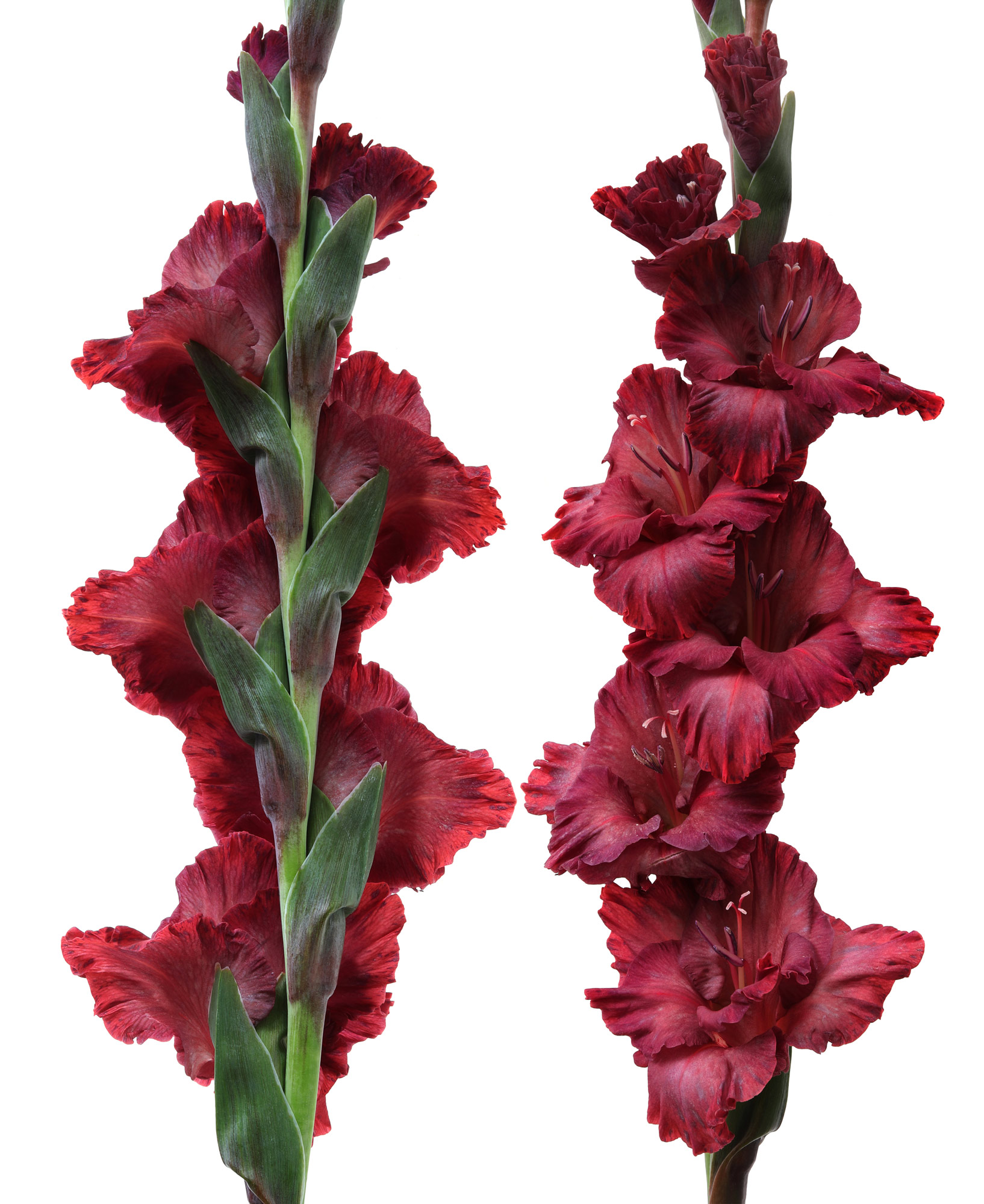
Okay, now turn around
I am in a care-giving microseason of my life.
gladiolus
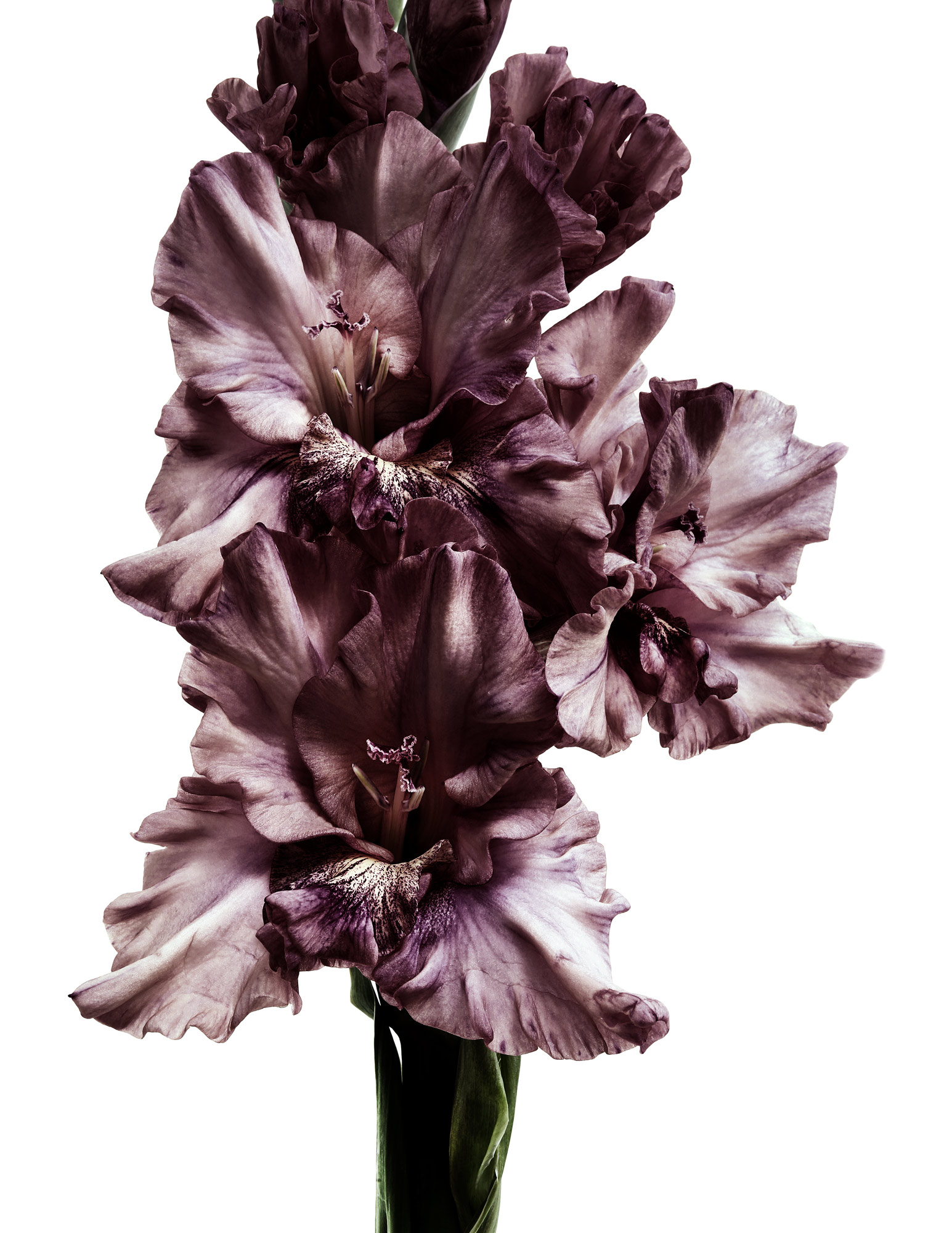
multigenerational giving
It’s gladiola season. Glads are one of those out-of-fashion flowers that is having a comeback. For the past couple of decades, poor glad got a bad rap–being associated with funerals, grandmas garden, or fringe botanical societies. But I am seeing them more frequently now in flower shops and farmer’s markets. This glad came from a gladioli farm in southern Minnesota. Growing glads is a labor of love here in the North. Each autumn, the corms must be lifted and stored over winter in a frost-free place, then replanted in spring. This particular farmer does it for the pure pleasure of seeing their beauty. He donates all the flowers to the local nursing homes in August and September. He also likes experimenting with hybridizing his own varietals, naming each successful new color variant after one of his grandchildren–who now help him in the garden every summer. A sweet story all around.
gladiolus
-
Very moody.
reply
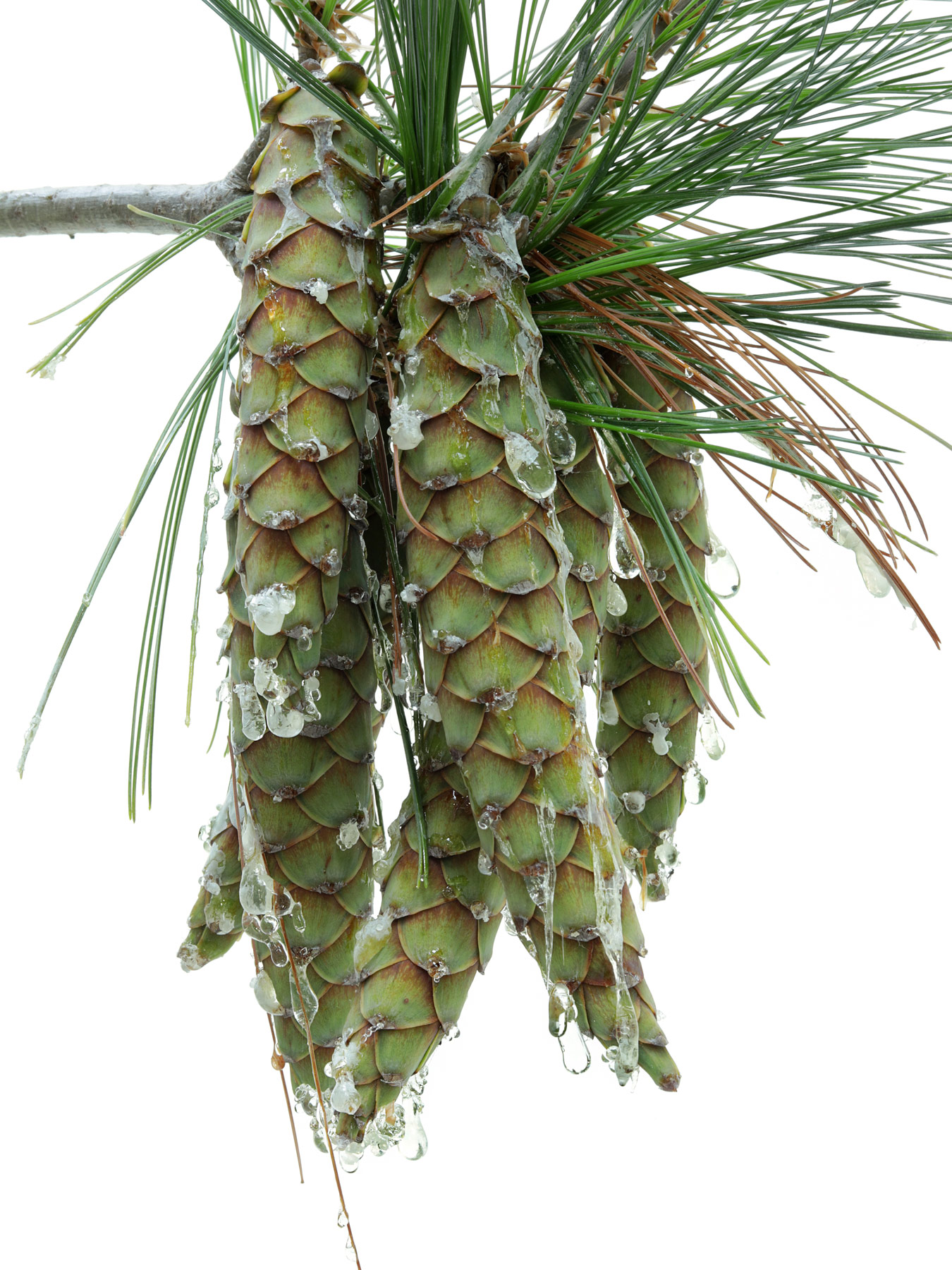
A uniquely form of self-protection
This was the stickiest STILL photo I have every made. My hands are sticky, my car is sticky, my shoes are sticky, and my kitchen floor is sticky. And I was being extra careful! If you live near white pine trees, you know about these famously sticky female cones. You learn to never put patio furniture any near a white pine tree, not to sit under one in general. No one really know why the cones drip quite so much sap–but it most likely acts as a insecticide and deterrent for predators like squirrels and chipmunks. It takes two years for a female cone to mature and release the nuts inside. So, it appears, she has devised a most devilish self-protection. I know about sticky white pine sap, but I still chose to photograph it for the greater good of STILL. Priorities.
sap-covered Northern white pine cones (Pinus strobus)
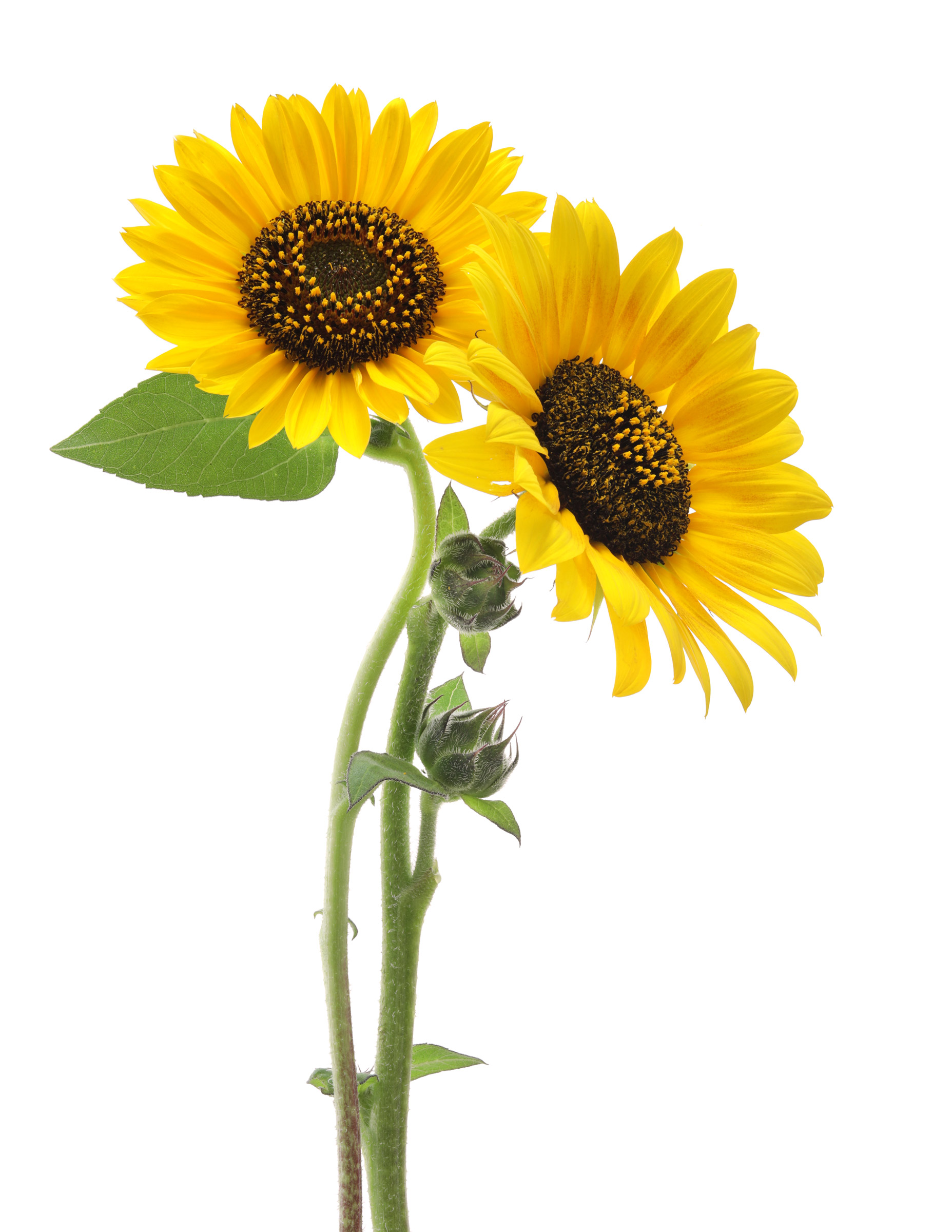
Awesome August
There are about 70 species of annual and perennial sunflowers. In Minnesota, it looks like we have 10 native sunflowers. In August, our roadsides are tricked out in heaping mounds of their cheer, sunny faces. Their arrival often felt like a signal to me–a reminder that the school buses of the same orangey-yellow color will soon be on the roads again. It was my two-week warning: if you have anything more you want to fit in this summer, it’s time to make it happen!
sunflowers (Helianthus annuus)
**A common misconception is that flowering sunflower heads track the sun across the sky. Although immature flower buds exhibit this behavior, the mature flowering heads point in a fixed (and typically easterly) direction throughout the day.
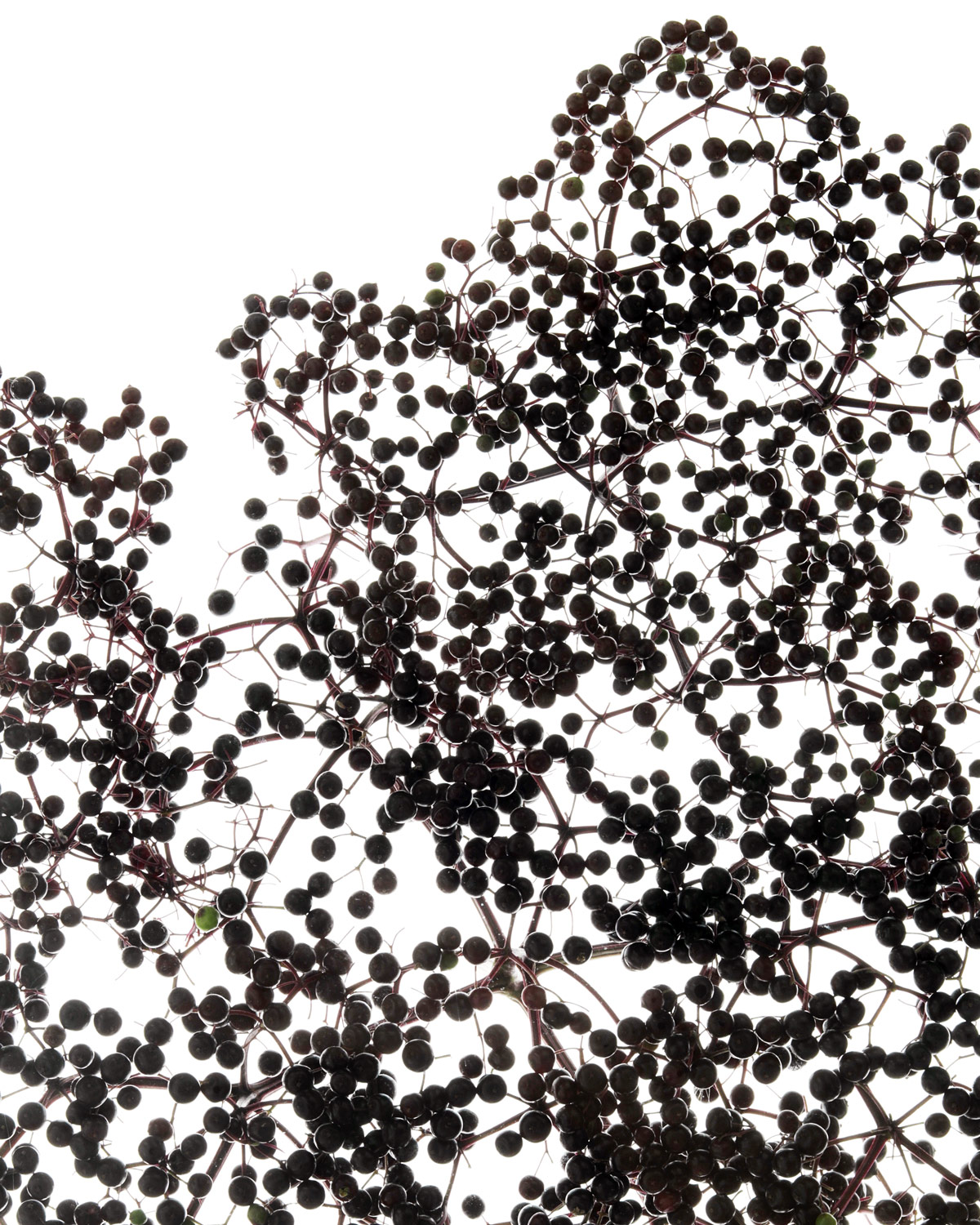
volunteer
We did not have black elderberries on our property (to our knowledge) for almost 20 years, until we cut down a couple of trees to create sunlight for a small perennial garden near our beehive. Two years later, we have elderberries, pupping up into the sunlight the downed tree created. We did not plant them or even encourage them. They were just waiting there patiently waiting for the right conditions. Or rather, waiting for the wrong conditions to be removed. It makes me hopeful that there is a great force for growth and goodness waiting right now in the shade of our current attitude about nature and about each other, and when conditions change, we will enjoy a beautiful, abundant, natural and moral harvest.
American black elderberry fruits (Sambucus canadensis)
-
Love the single green elderberry. :)
reply -
oop – there’s two!
reply



A wickedly lush color of red. And look at the blush of burgundy on the bud sheath!
Only one word will do “Luscious “